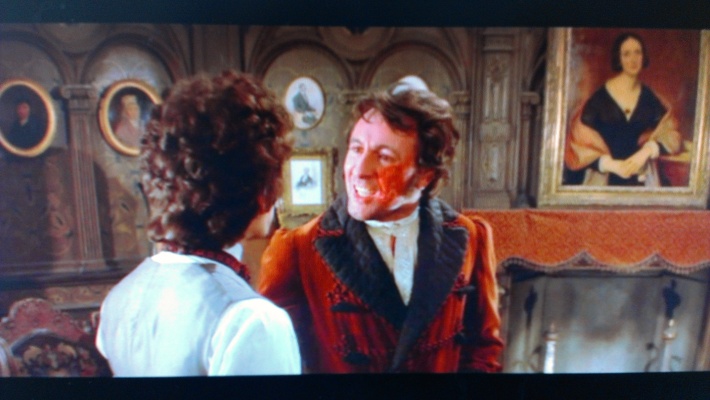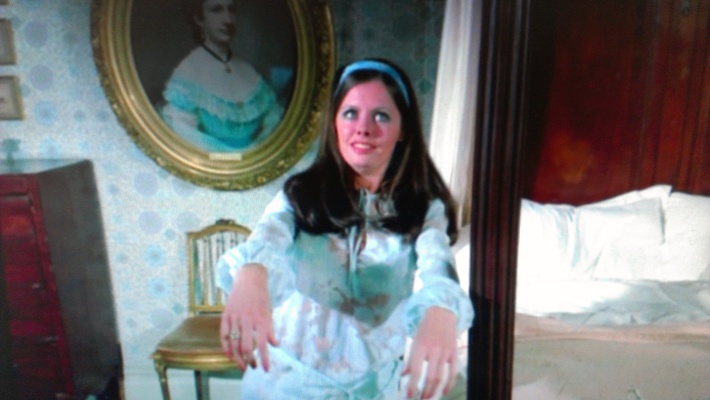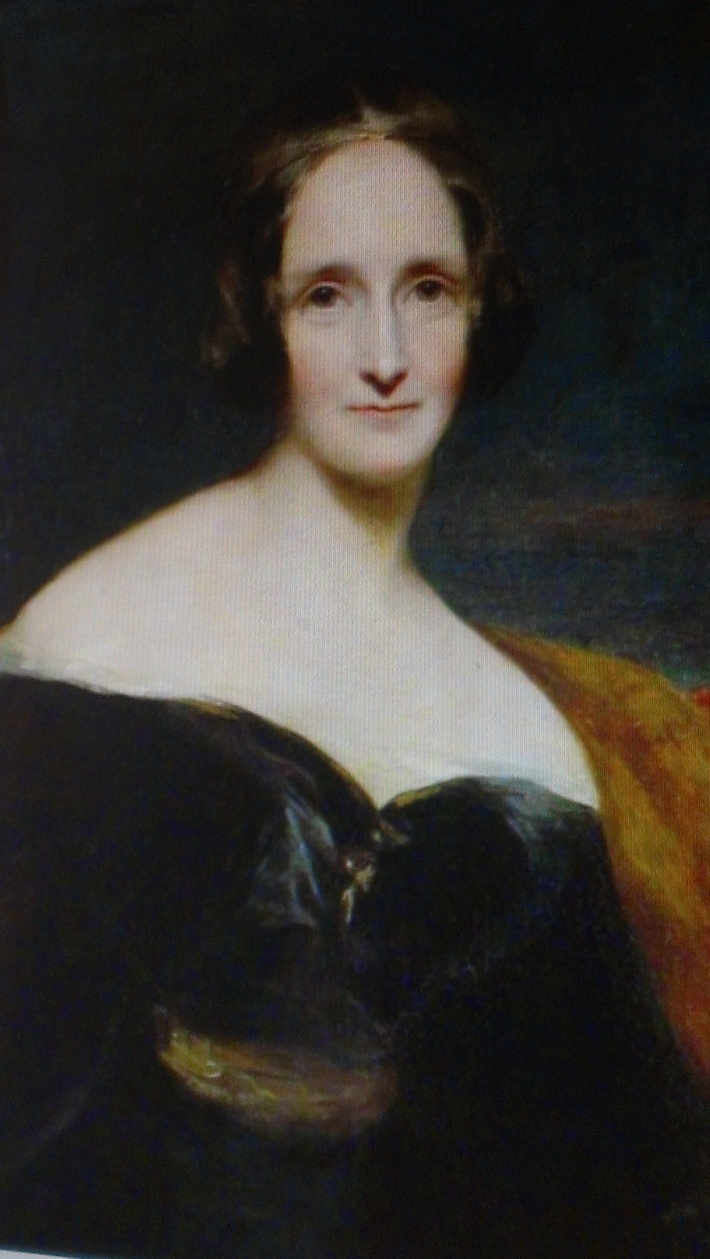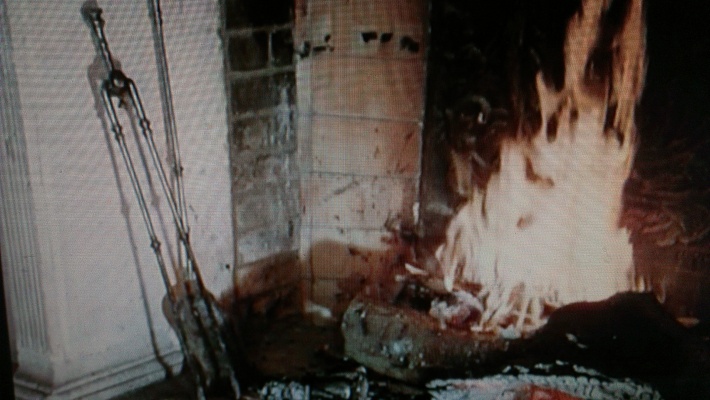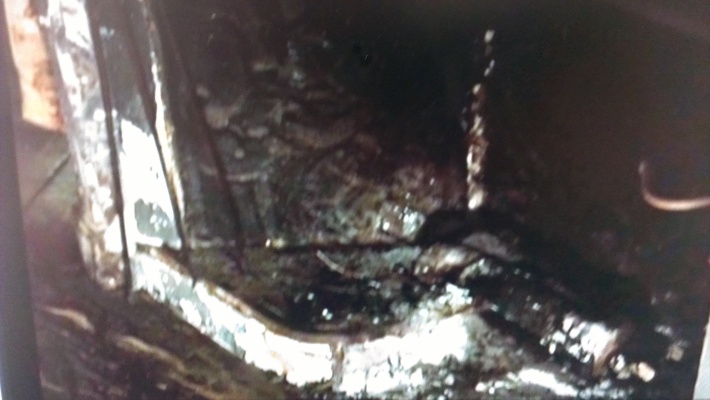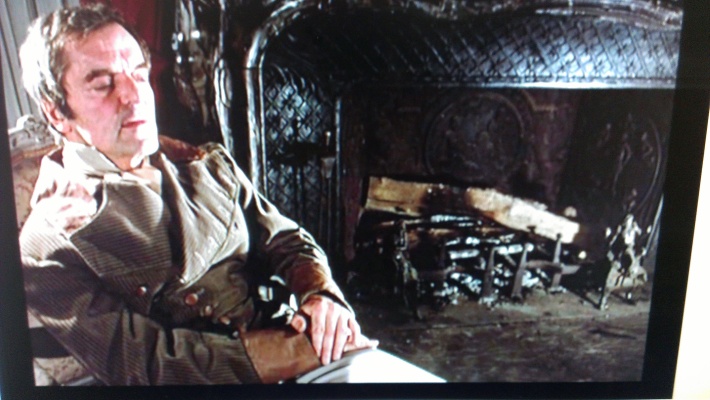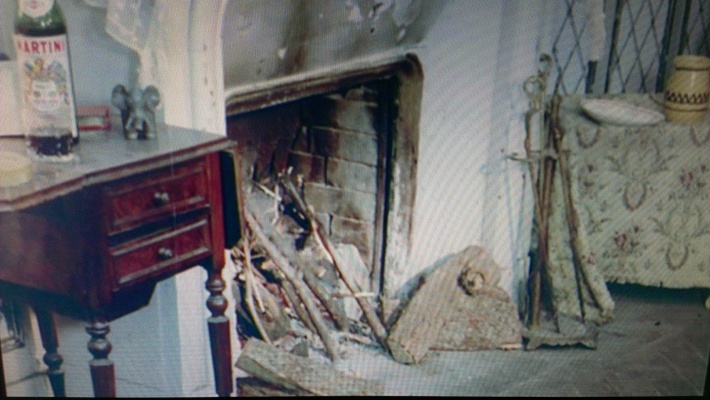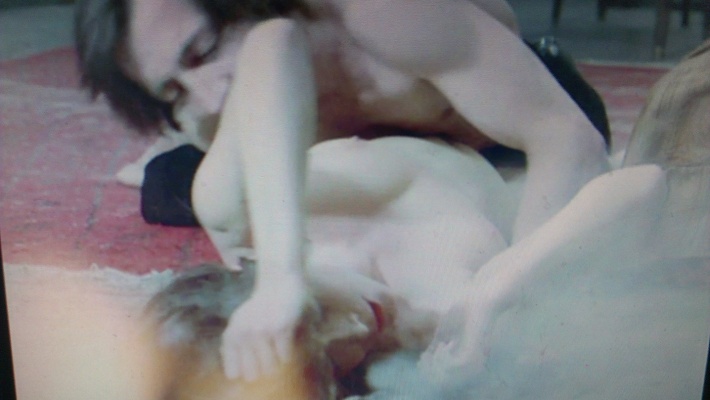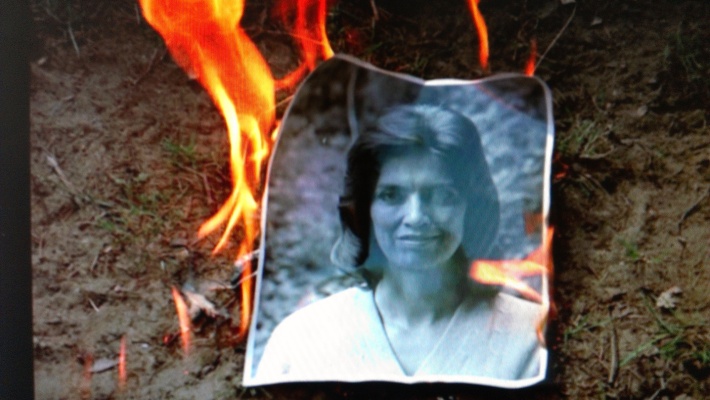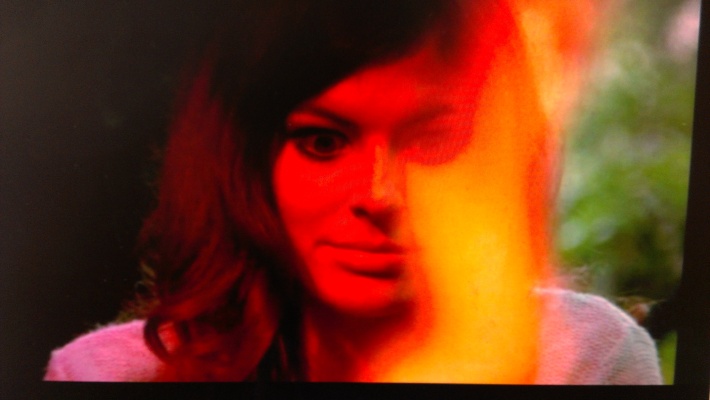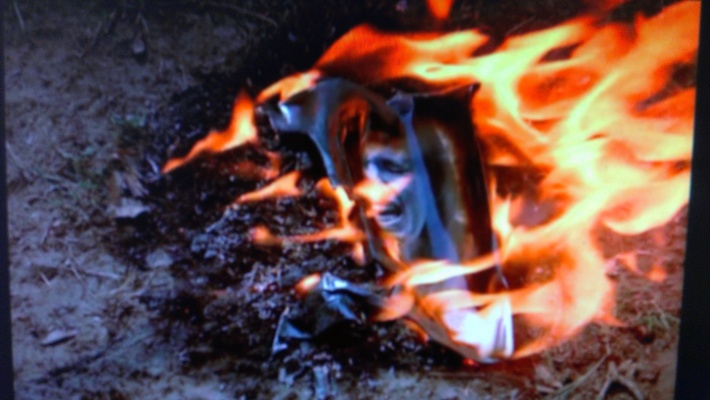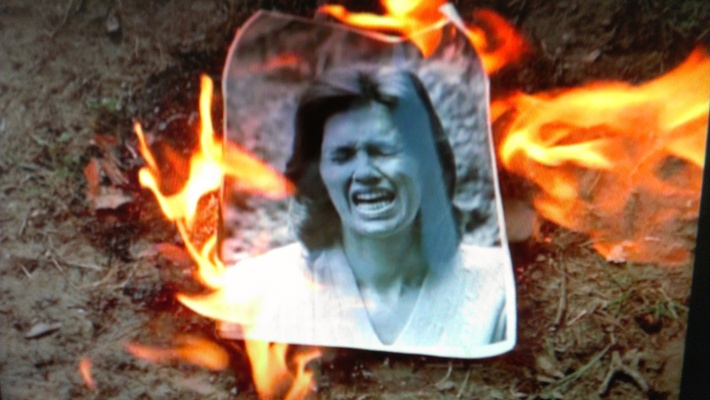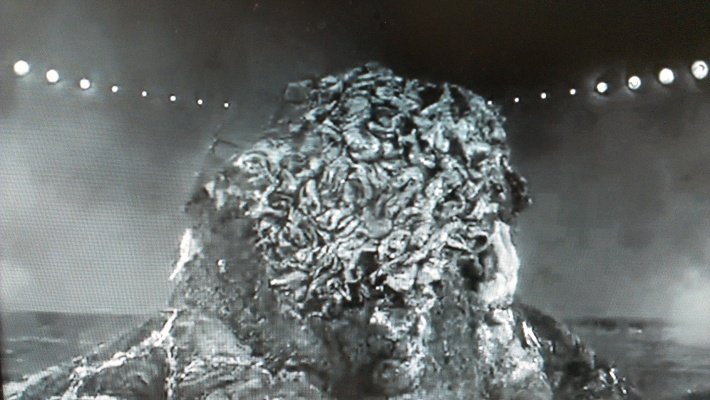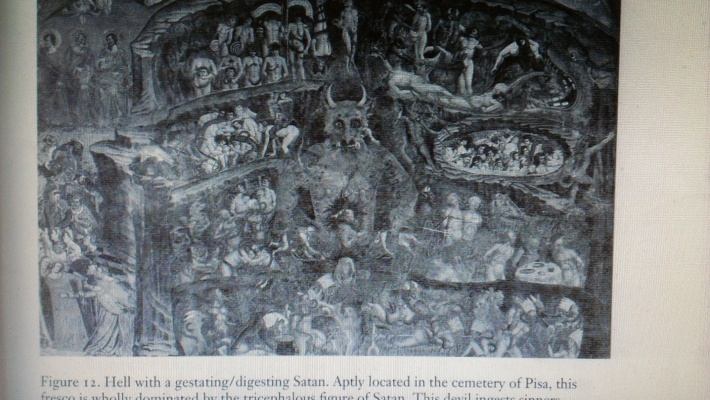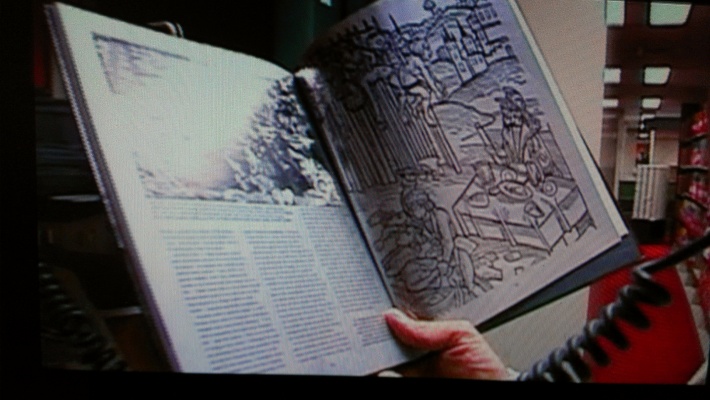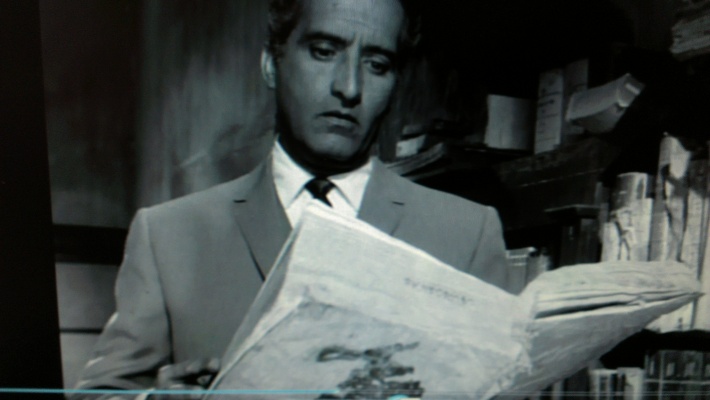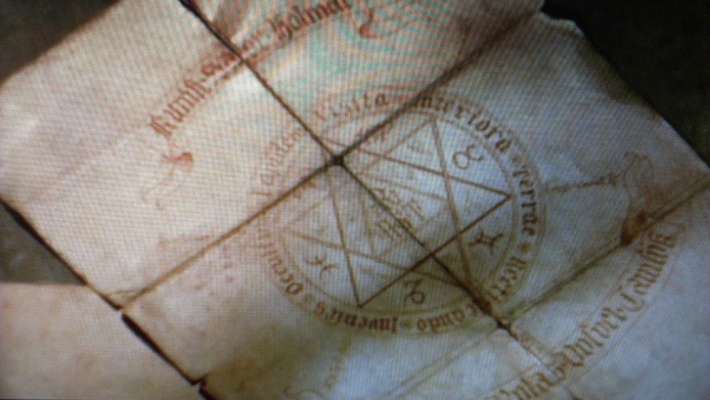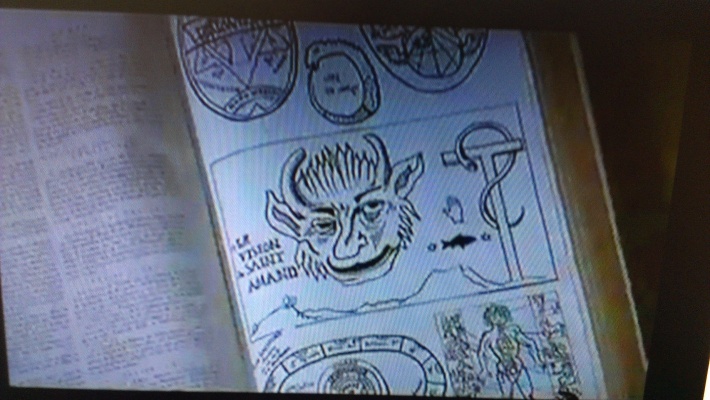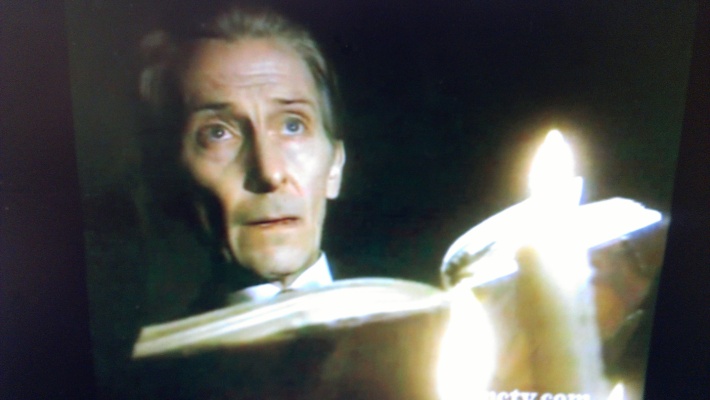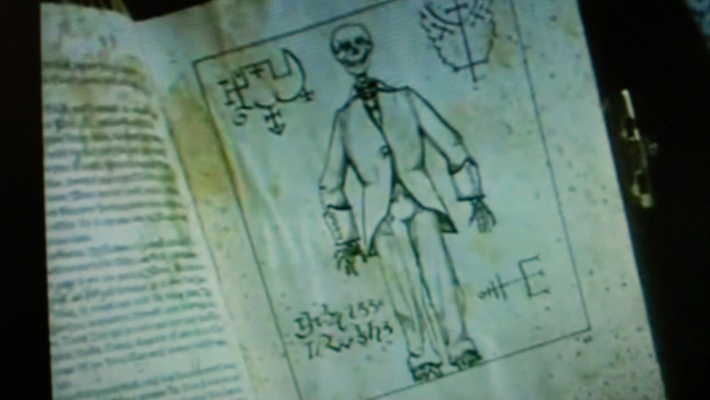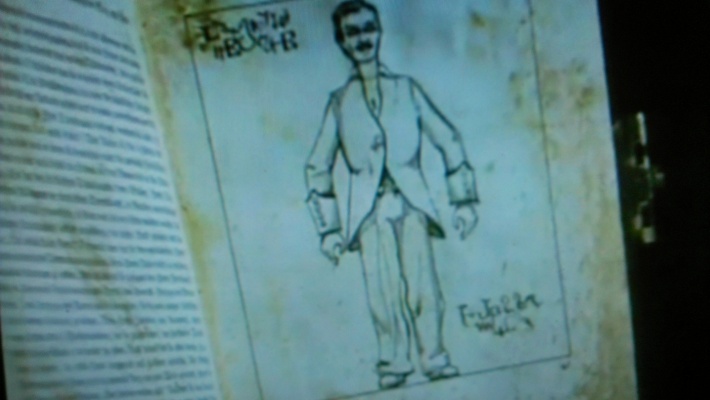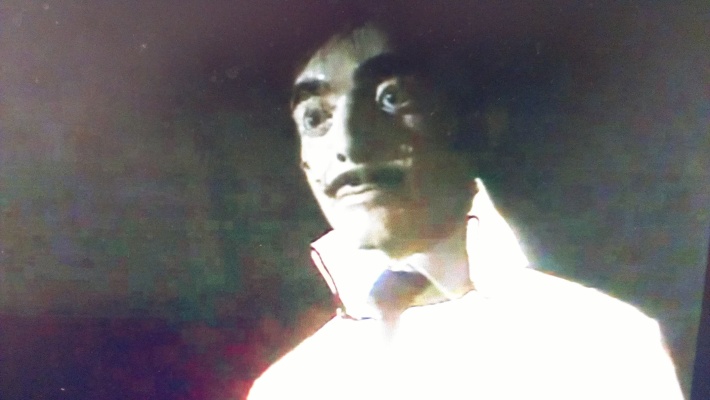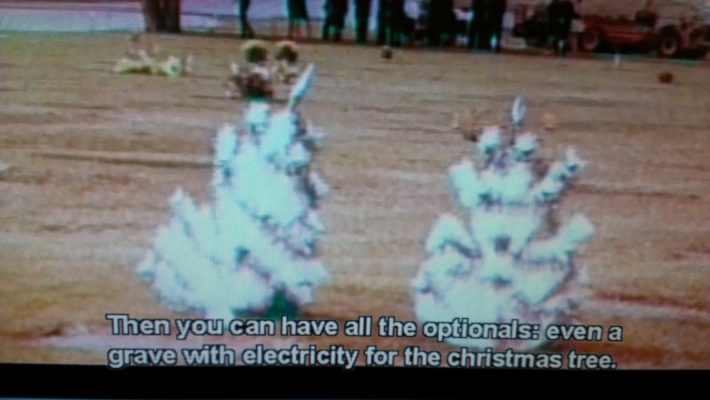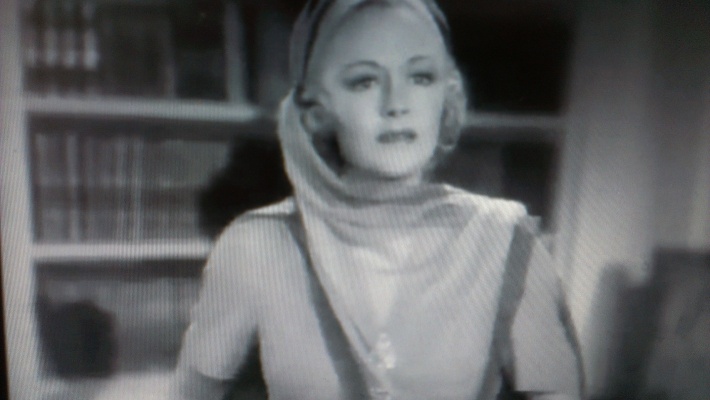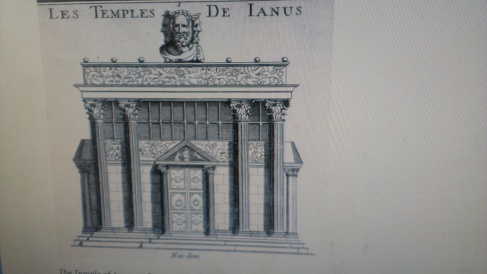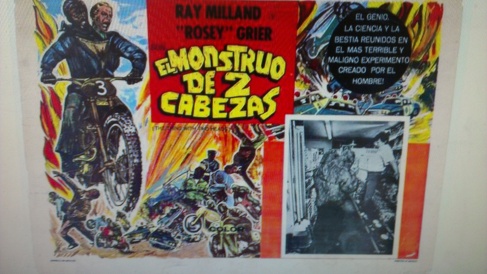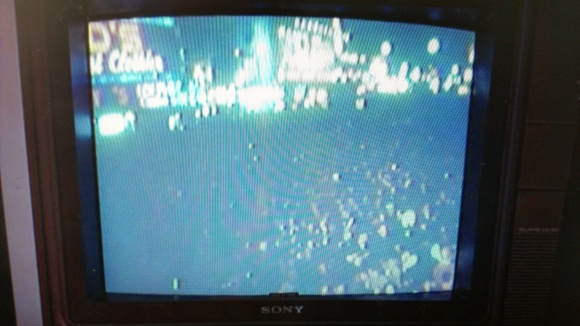I watched The Innkeepers again, though again finding it somewhat flat and slow; however, as I stayed in a country inn last weekend, it related, in oblique ways, helping me to relate
At least where I stayed was not an old inn, which would have been creepy
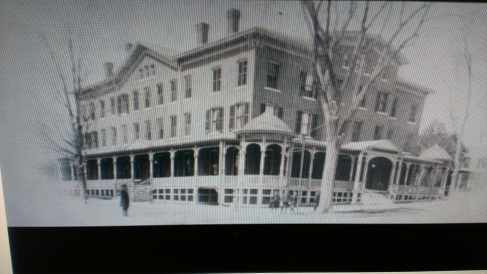
The hotel bedroom did not have dark wallpaper with a floral design, so it was apotropaically subtractive. That still left the bed straight on in front of the TV as a kind of coffin away from home, and I guess I hit the zombie pose just like Sara Paxton did here
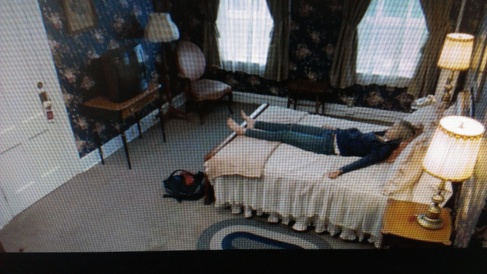
I did not take an evening wash off the tension and anxiety on the road shower, which probably was not a good idea, my bathroom was one of those cut out shaped bath insets, not a classic tiled bathroom, the one in the movie is quite clean. Did not have a problem with the towels being missing, which is the joke here, the horror!
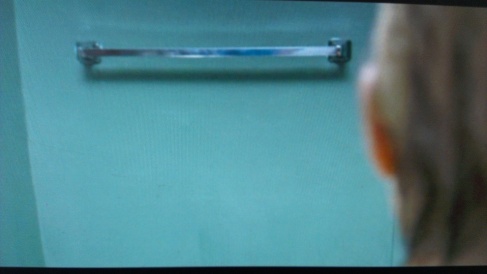
But then, in this recapture viewing, missing an experience I did not live fully through, while living it, because I am so 2D now in my life, I noted for the first time ever that in many ways pink roses on dark wallpaper may be a conceptual metaphor signifying the scream of a frightened female figure of space and time in small town places
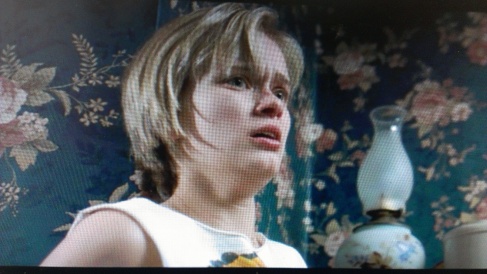
And then too leaving the imprint of yourself and your sleep and especially any tossing and turning and sex is a bad thing as if there is a hair there or something it gives others a power over you like voodoo. I always half make the bed to close up over that sort of exposure as I believe in being a small space taker upper who does not leave a big footprint when I move on. So I can see where seeing this tossed and turned bedding could be taken, apropos nuns in nunsploitation masturbating with avatars of lost loves with their pillows or sheet twists, a presence, a manikin, an abstract voodoo doll, I did not leave it there in the room when I was gone. Then of course she had just seen a ghost rise out of the bedding, and was trying to rationalize it, with the lights on, away.
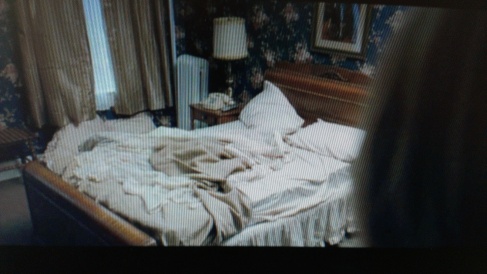
Then, again, coming back into present, I was reminded of this movie, by seeing a glimpse of it during fits of insomnia, and when Sara Paxton ran down the stairs in her t shirt and the mother covered her son’s eyes against her I thought that for a moment what we saw was her bottomless, as that is all that would cause such a covering of eyes, but she has panties on, and they are black and sporty, so I am not sure what the issue is.
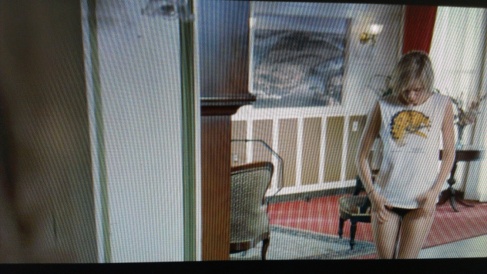
Again its an odd visual, did the mother, cultured in times when it was dark down there, when naked, because of the 70s style bush, think that she was naked? when she had black panties on, heck, they wear this on subways on no pants day now, no problem, Odd, in this the Age of Aquarian vaginism. (Since seeing Julie Christie momentarily nude in Demon Seed and then trying to see some of Kelly Reilly from Sherlock Holmes in the nude too, dipped for a moment into that awful basement of appeal in which you troll for catching sights of nudity of actresses in their movies and only watch and appreciate the movies for the minute and second where the nudity is, and indicate it for others likewise interested in a comment on YouTube–a very, very bad, even horrifying corner of modern life to get stuck in.
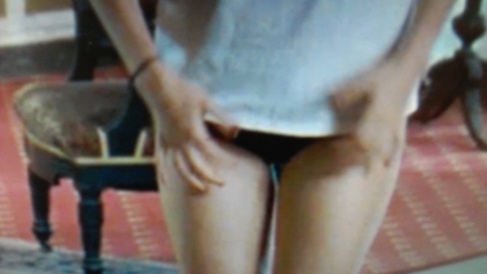
But heres RoMMer review of the movie, unrelated to the above,
903 The Innkeepers, two stars, October 3 2012
This is rather a demanding little exercise in postmodern horror from Tye West, SVA grad who previously in horror did the also somewhat appealing House of the Devil. What that movie had and this movie lacks is a compelling female lead, though the female lead is still in control. Then too the horrors are of the psychotechnic sort of ghost that might haunt an old inn, and though the effects rise above the level of the scientific blips and statics that absorb the videographers of endless tv shows from Ghost Hunters International to Ghost Adventurers, it still strikes me, going back to a Halloween sequel and also a Blair Witch sequel more than a decade ago, to try to situate horror in the interstices of technology searches for ghosts in old houses is a problem. The demanding nature of the film then is that an old hotel is closing down and a young blogger into horror but afraid of the real thing plus a young blonde assistant who ends up believing is out to find out if in the last days of its existence the hotel was in fact haunted. Their efforts are complicated by the check in of two guests, a former actress who is now a new age life coach and a drunk, and is rather cryptically surly, and a nostalgic old timer back to revisit the scene of his happy honeymoon in the room in which it took place, presumably to kill himself (or in any case he gets it). And that’s that: from there on it is searching about, including a vision of a satan in a furnace fire at the end of a long corridor in the basement, and I suppose they find something but it never does rise above the level of a question mark. It is slow, maybe too subtle, definitely a movie you have to patient enough to settle down into, and hear it out, like I said, its demanding, cant say I love it.
